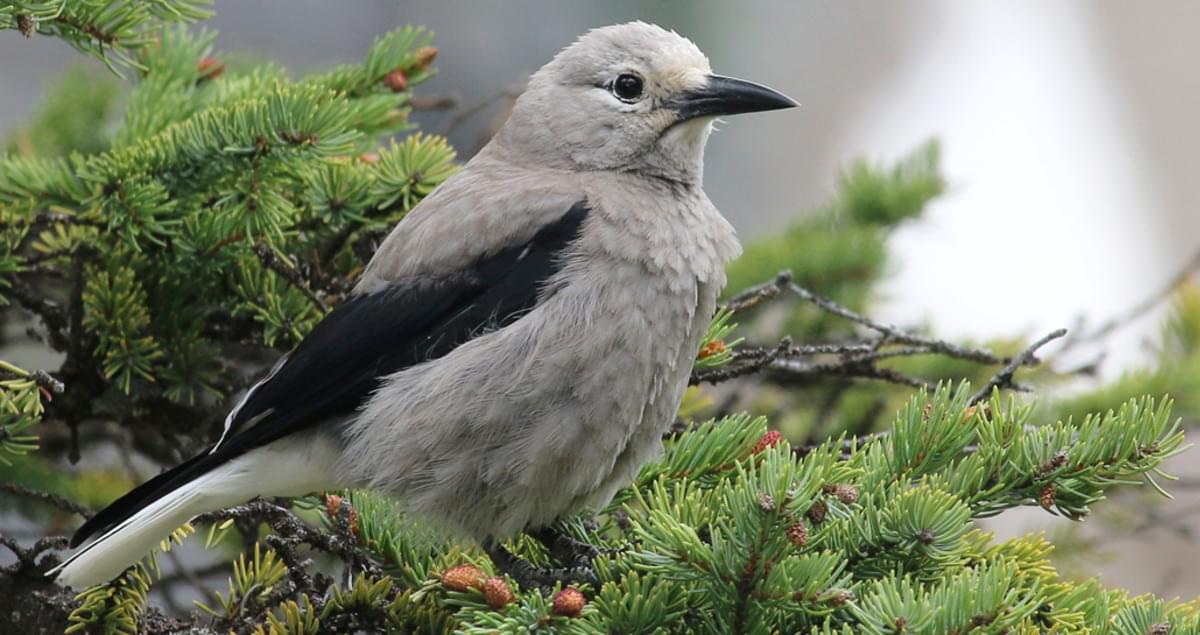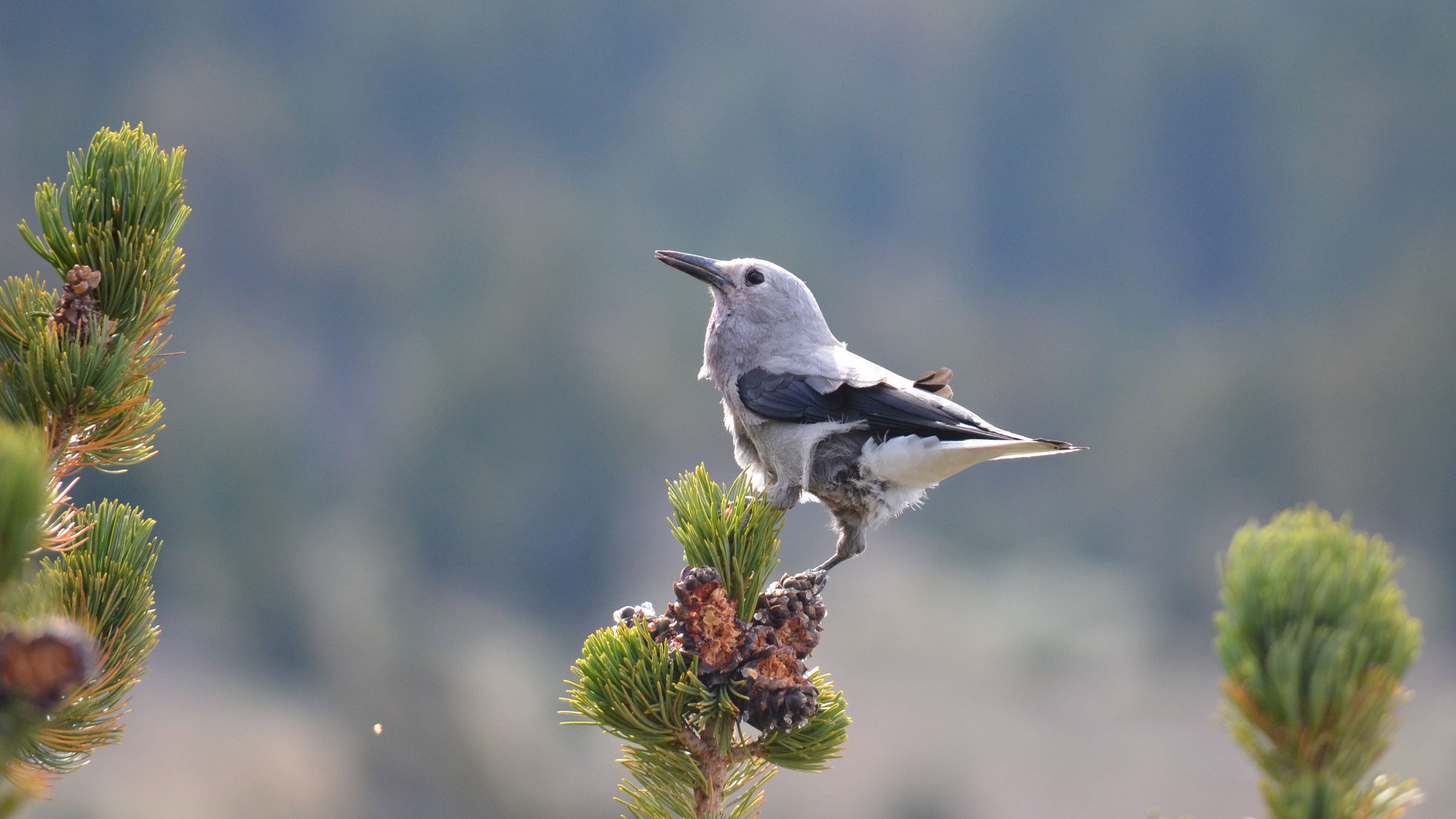




Energy Conservation: Non-migratory birds don’t expend excessive energy on long-distance travel. Instead, they channel this energy into activities critical for survival, such as foraging, vigilance against predators, territorial defense, preening, and nurturing their young.

Non-Migration as an Evolutionary Strategy:
It’s important to note that non-migratory birds don’t consciously choose their behavior. Migration is an instinctive response ingrained in some species. Just as certain birds have developed remarkable navigational abilities for migration, others have evolved to maximize their advantages in not migrating at all.
Surprising Non-Migratory Birds:
Contrary to popular belief, numerous non-migratory bird species exist across various families. In North America alone, some well-known non-migratory birds include:

Adapting for Year-Round Survival:
Surviving year-round in the same territory requires special adaptations. Birds that don’t migrate must adjust to varying seasonal food sources. In spring and summer, they may rely on insects, buds, and berries, while transitioning to fruits and nuts during fall and winter. Bird feeders play a crucial role in supplementing their winter diet when natural food sources are scarce.
The resilience and adaptability of non-migratory birds stand as a testament to the remarkable diversity of avian life. While migration captures our imagination, let’s not forget to celebrate these steadfast inhabitants that remind us of the incredible ways birds adapt to their environments.